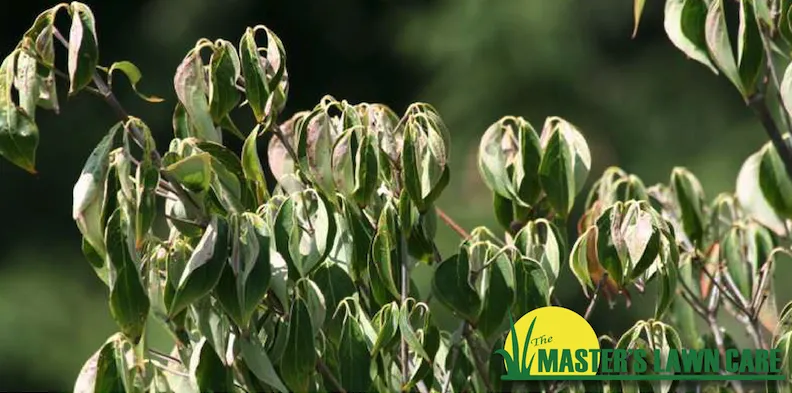As we have mentioned before, the second basic need for a lawn is water. But what about your plants? Each plant has different watering needs.Some factors to consider include the species and age of the plant, the type of soil in which it is planted, and its exposure to the sun.
The symptoms of drought stress may be similar to the symptoms of over watering or even to some pest and disease problems. It is important to identify the causes of the problem in order to take corrective steps.
Under drought stress, many plants shut down their specialized leaf tissue openings to minimize the dehydration loss. However continuous drought conditions can lead to internal head load and limit the plant's vital gas and nutrient exchange causing partial or complete collapse of the plant. Drought stressed plants are highly vulnerable to pest (insect and disease) and winter damages.
Here are some tips to help with drought stress on landscape and garden plants:
Trees and Shrubs
1) Give trees a good soaking water once or twice a week. Newly planted trees and shrubs (1-3 years old) need twice a week of watering to about one inch depth (0.6 gallons of water is needed to cover an inch deep per square foot). If trees and shrubs are mulched, place the soaker hose underneath the mulch to ensure the soil root zone gets adequate water. Or use 15-20 gallon Tree gator bags on young trees that drip on the root ball.
2) Control any weeds or turf growing underneath the tree’s drip line area. Weeds and turf compete with trees for water.
3) Spread wood chip mulch to about 3-4 inches deep and keep it 6 inches away from the tree trunk. Avoid volcano mulching around the tree trunk.
4) Don’t fertilize drought-stressed trees and shrubs.
5) Avoid unnecessary pruning or transplanting of trees and shrubs.
Flowering annuals and vegetable crops
1) Mulch your vegetable crops and flowering annuals using clean straw or hay, rice hulls or leaf mold.
2) Before watering, check the soil moisture by poking a finger an inch deep into the soil media. If the soil is dry, give a good soaking water around its root zone area. Shallow containers and 6” deep raised beds may require twice a day watering.
3) Water gently around the base of the plants and avoid splashing on its leaves. Morning hours are good for watering plants.
4) Control weeds by mulching or pulling them.
5) Avoid frequent fertilization of your crops, if needed, use granular products containing some slow-release formulation and water it immediately after application.
Perennials
1) Water the perennials when the soil surface dries out moderately. Place the soaker hose a few inches away from the crown of the plant and water to an inch deep (0.6 gallons of water is needed to cover a one inch depth for one square foot). If using a wand, direct the flow of the water around the base of the plant.
2) Avoid overhead watering to prevent foliar diseases. Water early in the morning to reduce evaporation loss.
3) Mulch helps in conserving soil moisture and smothering annual weeds. Use shredded wood or bark mulch to a depth of 3 inches.
If you need help with Central Florida Lawn Irrigation, give our team a call or text at (352) 378-5296. We look forward to working with you!
Pest of the Month: Drought Stress on Landscape Plants


